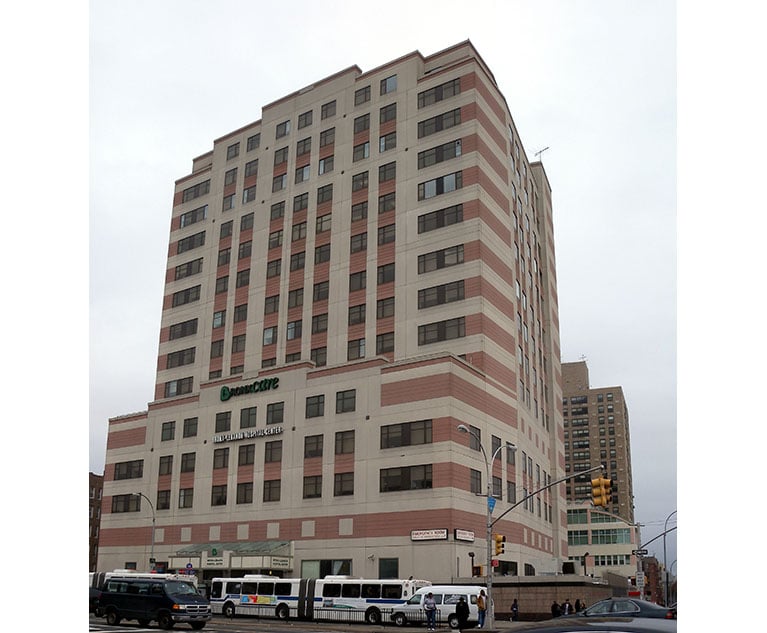 It can be difficult to calculate the extent to whichdeficiencies in communication and the availability of credible dataundermine insurers’ profitability. Auto insurers are acutely awareof this, as many drivers misrepresent annual mileage or fail to report life changes that affect the calculation ofpremium, and, by extension, the potential risk assumed by thecarrier writing the policy.
It can be difficult to calculate the extent to whichdeficiencies in communication and the availability of credible dataundermine insurers’ profitability. Auto insurers are acutely awareof this, as many drivers misrepresent annual mileage or fail to report life changes that affect the calculation ofpremium, and, by extension, the potential risk assumed by thecarrier writing the policy.
So when does misrepresentation meander into “fraud”territory? Moreover, what are these miscalculations really costingthe auto insurance industry? Quality Planning’s answer to thelatter question is about $15 billion last year.
|To arrive at that staggering number—or more specifically $15.4billion in lost revenue in 2010—the San Francisco, Calif.-basedmember of Verisk Insurance Solutions group at Verisk Analytics analyzed 5 million auto policies. It thenaggregated and summarized its audit results in an annual reportintended to quantify rating errors and discrepancies that result inauto insurers undercharging policyholders.
|Among the most noteworthy statistics found in the report were: aslight decrease in auto premium leakage in 2010 compared with 2008(as a result of a combination of factors); and flawed mileagereporting, both annual and commute, as the single largestcontributor to rating factor error in 2010, representing a loss ofmore than $3 billion in premium. Two other factors—unreporteddrivers (household drivers not declared on the policy) and drivercharacteristics and discounts (which include driving experience,age, marital status, student discounts, affinity group membership,and misrepresentation of driver identity)—accounted for $2.7billion and $1.9 billion in lost premium, respectively.
|“[Last year] we saw a slight decrease in auto premium leakagecompared to 2008,” says Dr. Raj Bhat, president of QualityPlanning. “While there is ample evidence that people, on average,drove somewhat more in 2010, we believe that the overall mileageincrease in driving obscures the fact that there was a segment ofthe population whose driving was drastically reduced due to joblosses and tougher economic times.”
|Dr. Bhat adds that inaccurate mileage assessment is one of manyfactors that cause premium leakage. To recapture lost revenue andprevent further leakage, insurers will need better analysis andmore frequent updates to policyholders’ life changes, behaviors,and circumstances.
Want to continue reading?
Become a Free PropertyCasualty360 Digital Reader
Your access to unlimited PropertyCasualty360 content isn’t changing.
Once you are an ALM digital member, you’ll receive:
- All PropertyCasualty360.com news coverage, best practices, and in-depth analysis.
- Educational webcasts, resources from industry leaders, and informative newsletters.
- Other award-winning websites including BenefitsPRO.com and ThinkAdvisor.com.
Already have an account? Sign In
© 2024 ALM Global, LLC, All Rights Reserved. Request academic re-use from www.copyright.com. All other uses, submit a request to [email protected]. For more information visit Asset & Logo Licensing.








